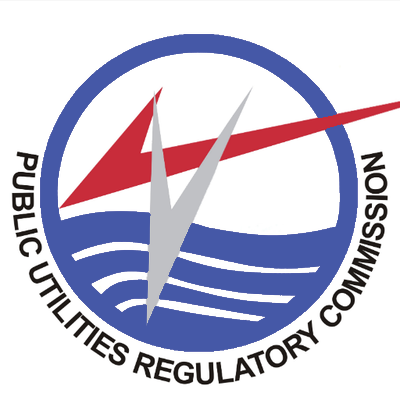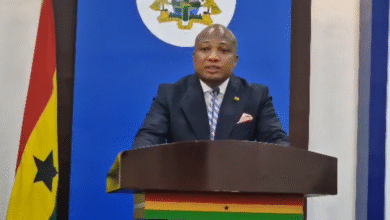PURC Explains Utility Tariff Hikes, Cites Economic Pressures
Commission cites inflation, fuel costs, and exchange rate as key drivers behind the latest utility price adjustments.

- Electricity tariffs up by 14.75%, water tariffs by 4.02% for Q1 and Q2 of 2025
- Adjustments based on inflation, exchange rates, fuel costs, and energy generation mix
- PURC assures changes aim to sustain utilities while protecting consumer interests
The Public Utilities Regulatory Commission (PURC) has stepped forward to explain the reasoning behind the recent increases in electricity and water tariffs, insisting the changes were made with fairness and transparency—not to the detriment of the Ghanaian consumer.
Dr. Eric Kofi Obutey, Director of Research and Corporate Affairs at PURC, defended the Commission’s decision following the announcement of a 14.75% rise in average end-user electricity tariffs and a 4.02% increase in water tariffs. These adjustments are part of the Commission’s routine quarterly tariff reviews covering the first two quarters of 2025.
In an interview, Dr. Obutey clarified that the hikes were driven by key economic indicators, including the cedi-to-dollar exchange rate, inflation forecasts, natural gas prices, and the energy generation mix between hydro and thermal sources.
He noted that while minor tariff changes do not typically require public hearings, the PURC follows a consistent framework to ensure utility rates align with current economic conditions.
Looking ahead, Dr. Obutey hinted at a comprehensive tariff review in the upcoming quarter, which will incorporate both capital investments and operational expenses. However, he stressed that it’s too early to predict whether that review will result in further increases or possible reductions.
“At this point, we can’t say for sure which direction the next review will take. It will all depend on how the economic indicators evolve,” he said.
Despite the recent adjustments, the PURC emphasized its ongoing commitment to balancing the sustainability of utility service providers with the protection of consumer interests.





